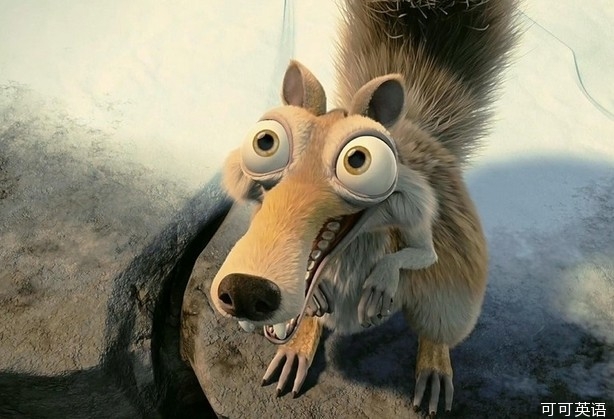During the last ice age, rapid swings in temperature occurred within decades or less, meaning populations of organisms had to adjust quickly to new environments or face extinction.
在最后一個冰河世紀中,溫度在數(shù)十年甚至更短的時間內(nèi)迅速變化,這意味著生物種群不得不快速調(diào)整來適應新的環(huán)境,否則等待它們的只有種族滅絕。
Scientists knew there wasn't time for the genetic code to mutate within individuals and spread throughout large populations. So, how did animals respond? Ancient bison preserved in the Canadian arctic have given scientists a clue.
科學家知道那時基因編碼沒有時間在個體中產(chǎn)生變異并在種群中大范圍地傳播。那么,動物們是如何應對的?在加拿大北極圈內(nèi)保留的古代野牛標本給科學家們提供了一些線索。
When genes were first identified, scientists thought they were hard wired. One gene made one protein and was unalterable. Today we know the story is much more complex. Part of that complexity is known as epigenetics, a process by which genes are modified by environmental factors.
第一次識別古代野牛的基因時,科學家們認為它們是固定相連的。一個基因?qū)粋€蛋白質(zhì)并且無法改變。如今我們知道故事遠沒有那么簡單。其中一部分復雜性來自表觀遺傳學,它是基因通過環(huán)境因素發(fā)生改變的過程。

The genetic code stays the same, but certain molecules attach to the code to prevent specific genes from working or to change how they are expressed. Other molecules can affect the chromosome and alter the way the DNA unwinds, affecting how genes work.
基因密碼保持不變,但是某個為阻止某個特定基因工作或變更的密碼附屬分子發(fā)生了變化。而其它分子可以通過影響染色體并改變DNA解旋的方式來影響基因的表達。
Extracting DNAScientists examining twenty six thousand year old bison bones looked for evidence of epigenetic changes in extracted DNA. They analyzed the genetic code for a particular kind of epigenetic change called DNA methylation. They not only found methylations, they found them in locations where they occur in modern cattle. That suggested they weren't due to DNA degradation, but were true epigenetic changes.
DNA提取科學家檢查了已有26000年歷史的古代野牛的骨頭,試 圖在提取的DNA中找到表觀遺傳變異的證據(jù)。他們分析了一種特定種類的表觀變化(被稱為DNA甲基化)的基因密碼。他們不但找到了甲基化,而且發(fā)現(xiàn)它們跟 現(xiàn)代牛群體內(nèi)發(fā)現(xiàn)的位置是一樣的。這表明它們不是發(fā)生了DNA退化,而是真正的表觀遺傳變異。
This is just the first step in solving the ice age adaptation puzzle. Scientists plan to gather more DNA samples from animals that lived before and after the dramatic climatic shifts. That way they'll have genetic snapshots to compare. If comparisons prove successful, the next step will be to determine exactly how the epigenetic alterations changed the gene expression.
這僅僅是解決冰河世紀適應謎團的第一步。科學家計劃在氣候劇烈變化前后生存過的動物身上收集更多的DNA樣本。如此一來,他們就有更多的基因用來比較。如果比較的結果證明是之前的推斷是正確的,那么下一步是確定表觀變化是如何影響基因表達的。












